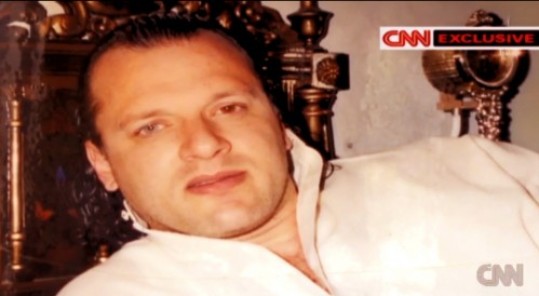Graphology magic is back in France
So, picture this: graphology, the art of reading personalities through handwriting – it used to be all the rage, like those old-school ink-penned letters. But guess what? In today’s Europe, it’s kinda fallen out of fashion, just like those letters did.
Not too long ago, especially in its home turf, France, this handwriting gig played a surprising role in big decisions, especially the job scene. Yep, they’d literally check your scribbles to decide if you were job-worthy or not!
Now, in our age of everything digital, it might sound a bit unusual to still be into this old-school stuff. But get this – just a decade ago, somewhere between half to three-quarters of French companies were still throwing in some handwriting analysis while sifting through job applications.
And here’s the kicker – lots of them still think it’s got some magical powers.
France, being the cool cat that it is, stood out in Europe, embracing this graphology magic way more than others. It wasn’t just a curious thing; it was legit a deal-breaker for job hunts.
Even though the trend is not as hot now, it’s a reminder that not too long ago, the loops and swirls of your handwriting could make or break your shot at landing a job in the heart of Europe.
Graphology guru
Although psychometric tests have taken over the scene, some companies are circling back to the art of graphology.
Meet Caroline de la Tournelle, the handwriting whisperer extraordinaire! This handwriting guru from Paris has been decoding the secrets of scribbles for over a decade, impacting job opportunities, aiding police investigations, and even stepping in to save a child from an abusive situation.
Now, let’s dive into the fascinating world of graphology, a once-popular practice in France that’s been making a comeback, and not just for nostalgia’s sake. While some might scoff at handwriting analysis, de la Tournelle and her ilk swear by its usefulness.
Caroline, with her years of experience, delicately caresses a piece of writing, examining the pressure applied, the flow of the ink, and the overall organization.
“Pressure is always the first thing I look at,” she says, her fingers dancing over the paper. “How hard they pressed, how the writing moves, how it is organized… it all has meaning.”
Firms back to graphology magic
In the good old days, French job seekers had to face the scrutiny of handwriting evaluations. Although psychometric tests have taken over the scene, some companies are circling back to the art of graphology.
Marc Foujols, a Parisian real estate manager, swears by it: “I tried other things, but they were no good. Graphology finds the main characteristics of a person—not everything but a lot.”
Graphology magic ‘doesn’t exist’: There are skeptics who dismiss graphology as mere pseudoscience.
Christophe Dherbecourt, a human resources veteran, echoes this sentiment. Having relied on handwriting analysis for 25 years, he attests that it helps him ask candidates “the right questions.”
De la Tournelle’s insights have led his firm to dodge potential problem hires, proving that when in the right hands, graphology can be an impressive tool.
Of course, there are skeptics who dismiss graphology as mere pseudoscience. But don’t write it off just yet, says Tracey Trussell from the British Institute of Graphologists. “It’s like a plumber—it’s only as good as the person doing it,” she quips.
Trussell emphasizes that the first year of their training is rooted in scientific measurement and assessment, challenging the notion that graphology lacks a scientific basis.
De la Tournelle herself sheds light on the poetic side of handwriting analysis. “Our writing comes from the heart, from our cardiac movement, through the nervous system and to the end of our fingers and through the pen,” she muses.
Despite the nuances that make us unique, three things remain constant—our emotional depth, energy levels, and reliance on external stimuli.
Graphology magic in police probe
Beyond the realm of job interviews, graphology has found its place in police investigations.
De la Tournelle, starting her career in the quaint town of Brive, collaborated with local law enforcement to crack cases using handwriting samples. Death threats written in lipstick on mirrors, messages scrawled on office walls with marker pens, and even inscriptions etched into car doors—all were decoded with the help of her keen eye.
But perhaps the most remarkable case involved a three-year-old girl. A concerned grandmother brought in her granddaughter’s drawings, which, according to de la Tournelle, revealed a disturbing narrative.
Collaborating with a court-appointed psychologist, they uncovered that the child was being abused by her own mother. Today, that same psychologist seeks de la Tournelle’s expertise in other family cases.
Final words
So, before you dismiss handwriting analysis as a relic of the past, consider the myriad ways it continues to weave its intriguing threads into the fabric of contemporary life. Whether deciphering job applicants or uncovering hidden truths in criminal investigations, graphology, when practised by skilled individuals, proves it’s not just an art—it’s a tool that holds real-world significance.



